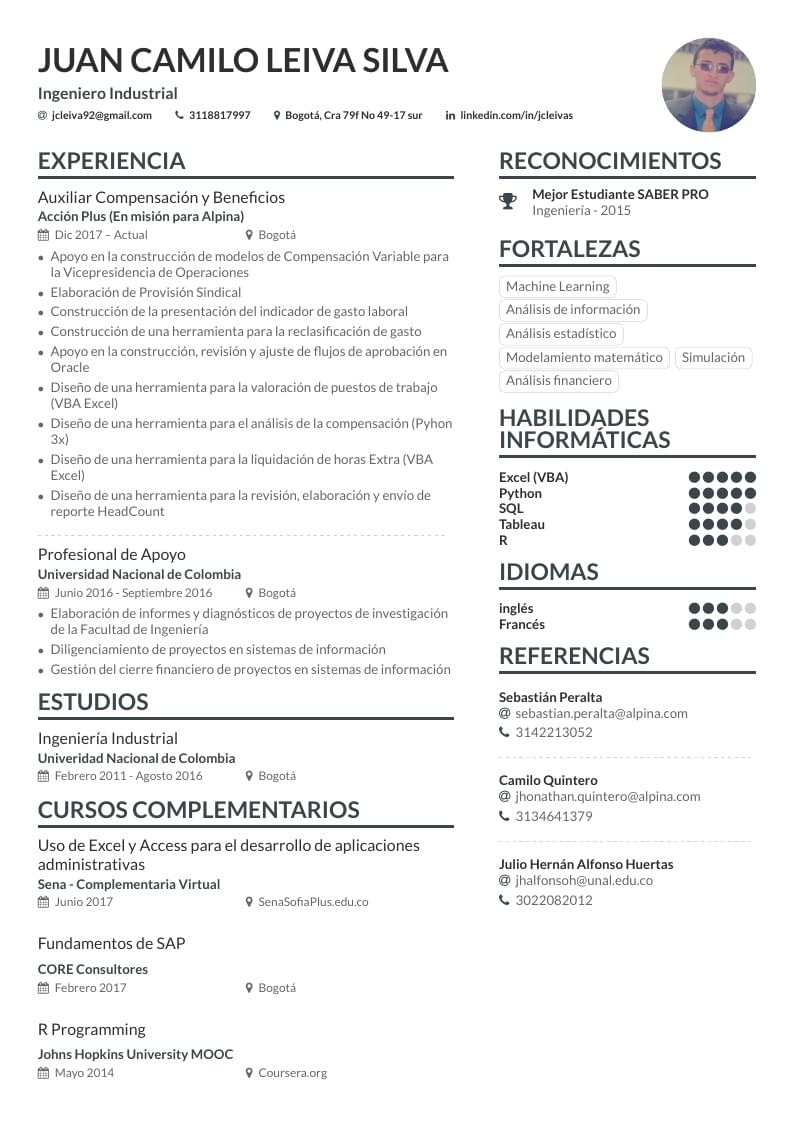overleaf template galleryCommunity articles — Recent
Papers, presentations, reports and more, written in LaTeX and published by our community.

Jakša Tomović' CV. Created with the AltaCV template.
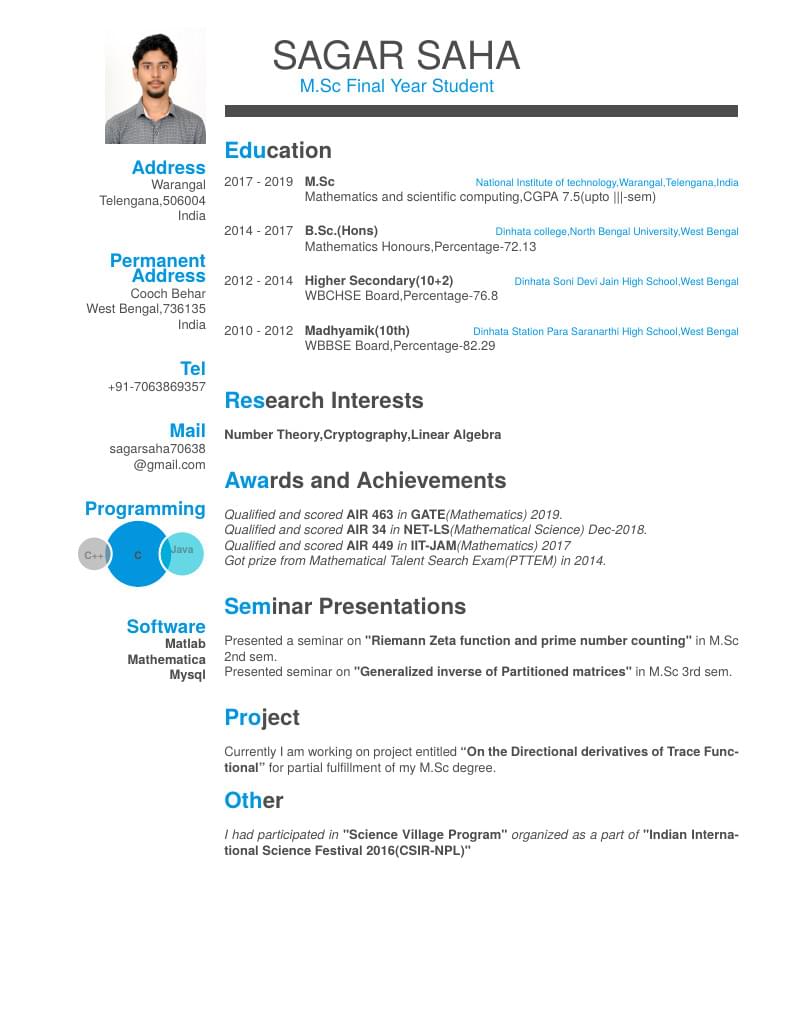
Sagar Saha's CV. Modified from the Friggeri CV template.
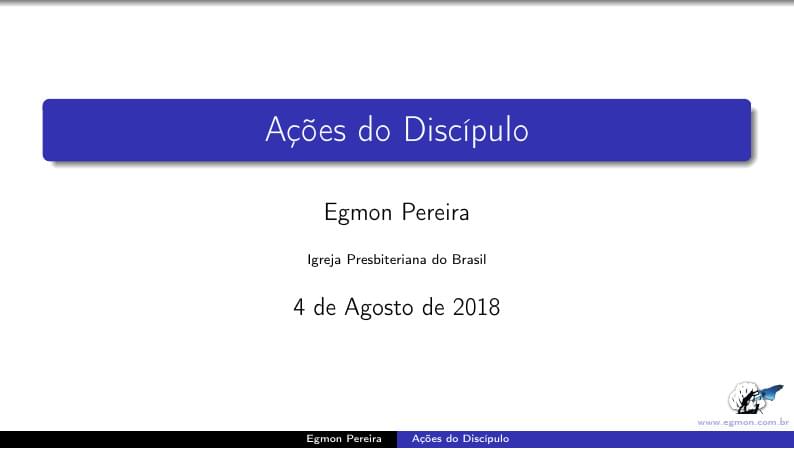
Sermão apresentado à Igreja Presbiteriana Central de Coronel Fabriciano - MG
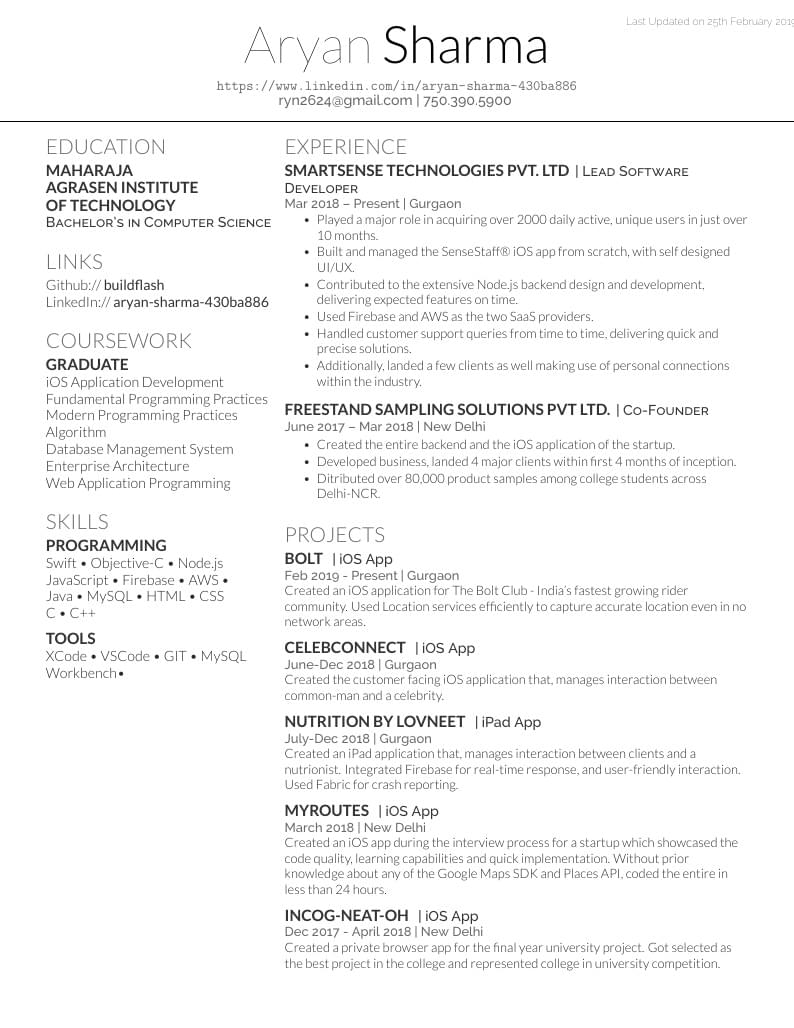
Resume created with the Deedy Résumé template
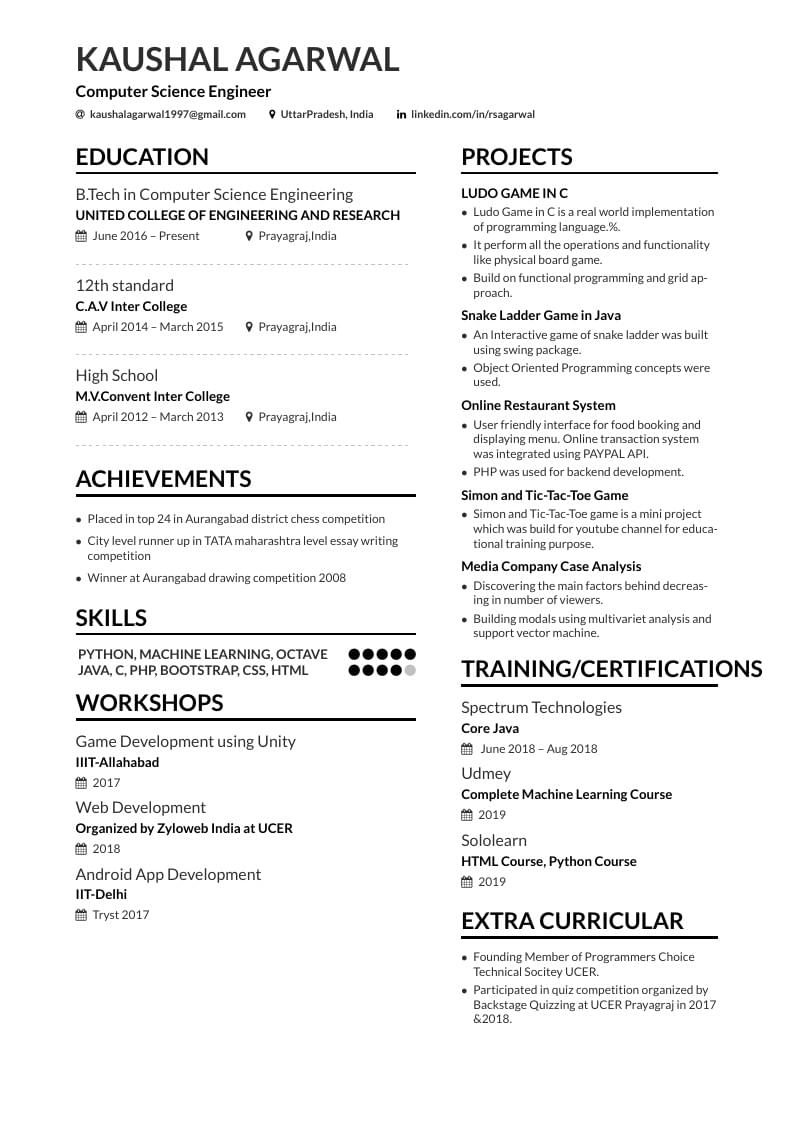
Kaushal Agarwal's Résumé. Created with the AltaCV template.
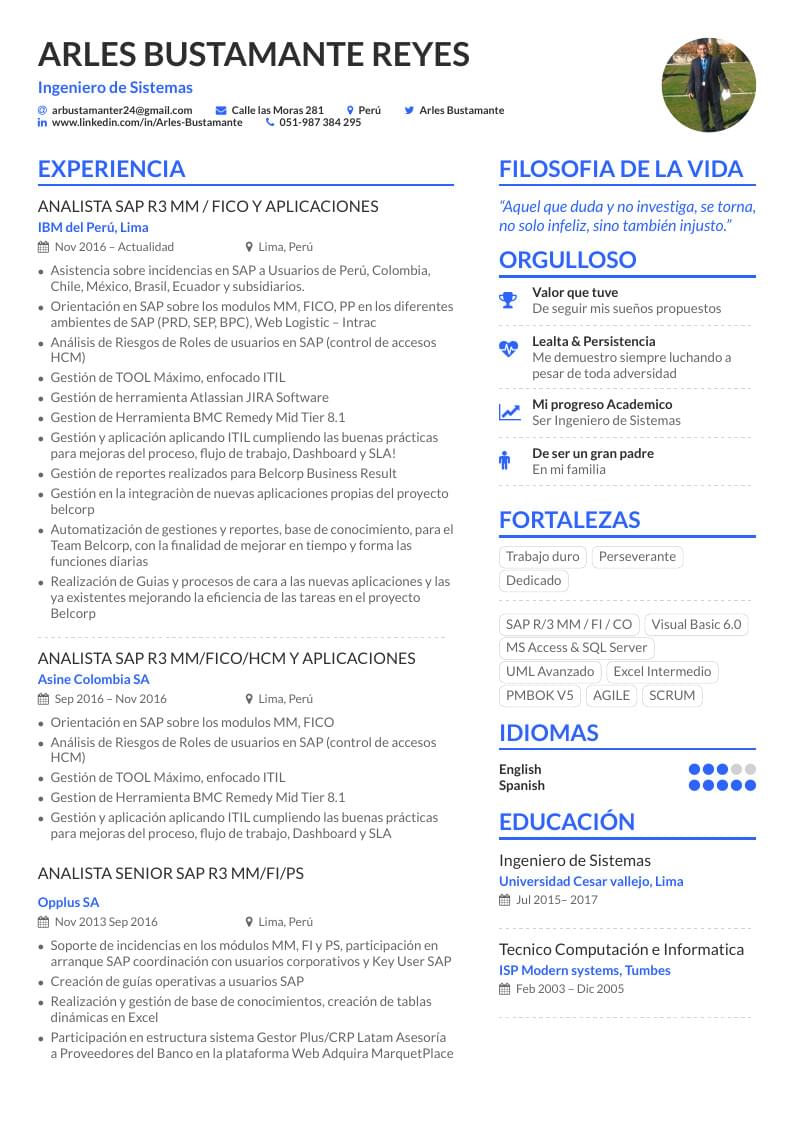
Arles Bustamante's CV Created with the AltaCV template.
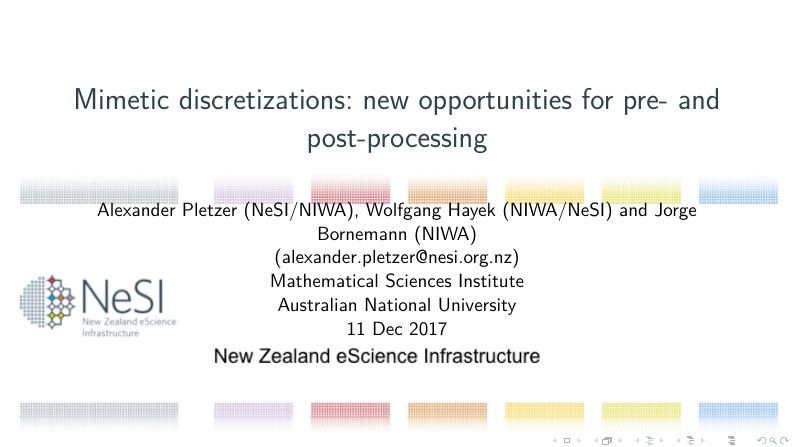
Shows how to interpolate fields so as to enforce conservation of line, surface and volume integrals.
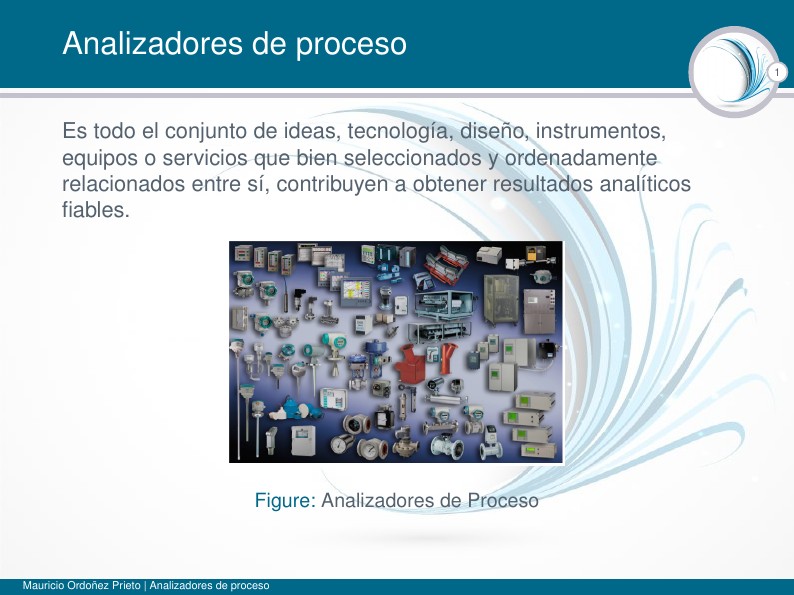
Es todo el conjunto de ideas, tecnología, diseño, instrumentos, equipos o servicios que bien seleccionados y ordenadamente relacionados entre sí, contribuyen a obtener resultados analíticos fiables. En los procesos industriales, según la severidad de las especificaciones se han desarrollado diferentes estrategias de control que requieren conocimiento puntual de ciertas variables que determinan la calidad del proceso.
\begin
Discover why over 20 million people worldwide trust Overleaf with their work.
